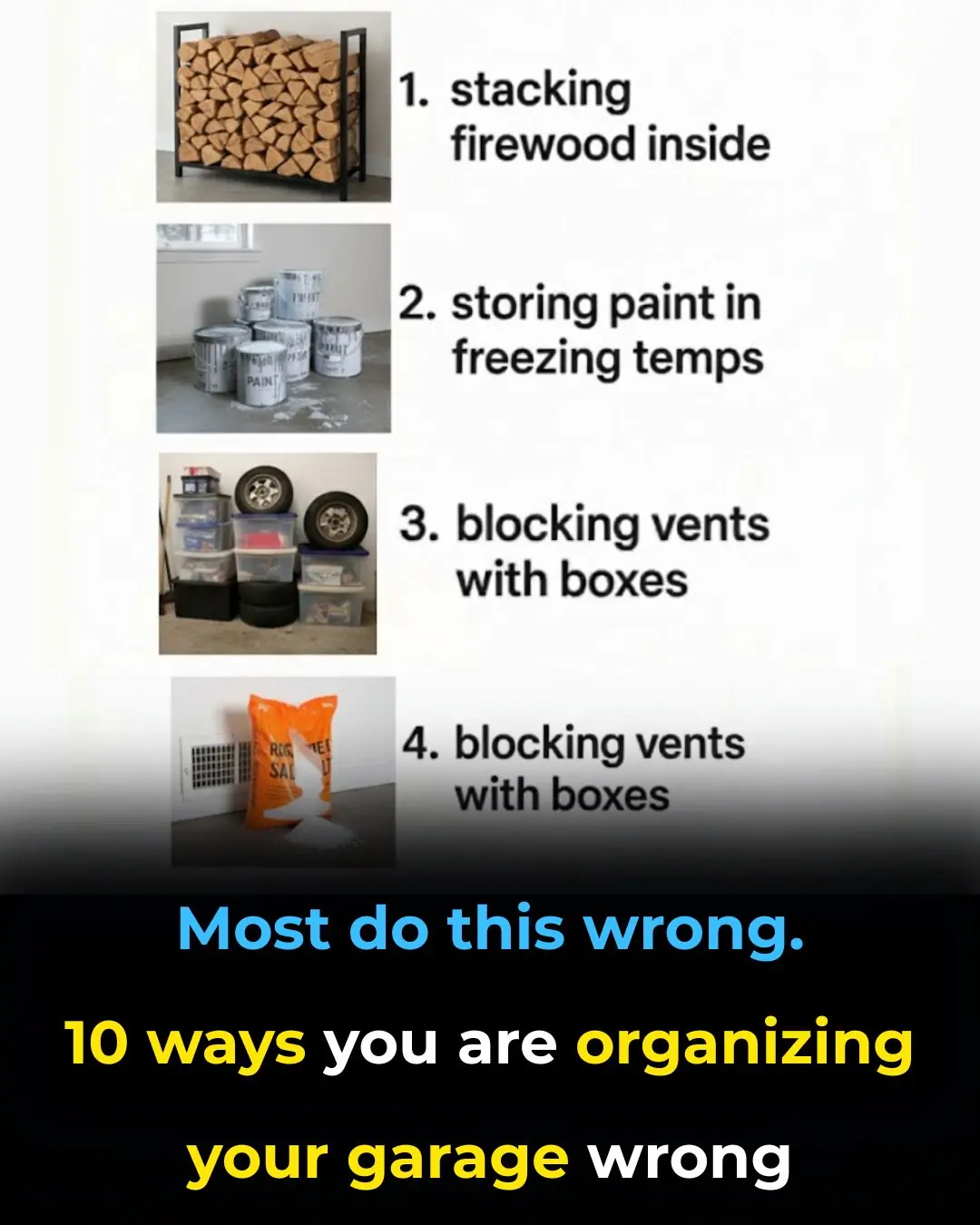
Most do this wrong. Here’s how often to clean bedding in winter
As the winter months approach, many of us find solace in the warmth and coziness of our beds. This is the season when flannel sheets, electric blankets, and heavy comforters become essential for a good night’s sleep. However, while these cozy layers provide comfort, keeping them clean is equally important—not just for comfort but also for health.
During winter, clean bedding is often overlooked. The cold weather makes us less inclined to strip our beds and wash our sheets, yet the need for cleanliness actually increases. Spending more time indoors, coupled with warm bedding, creates a perfect environment for dust mites, allergens, and bacteria to thrive. Knowing how often and how to clean each component of your bedding can significantly improve your sleep quality and overall health.
1. Why Clean Bedding Matters in Winter
Winter presents unique challenges for maintaining clean bedding. Closed windows and less ventilation can lead to poorer indoor air quality, allowing dust, pet dander, and other allergens to accumulate faster. These particles can trigger respiratory issues, skin irritations, and allergic reactions if bedding is not washed regularly.
In addition, our bodies naturally produce sweat and oils, which can seep into bedding layers over long winter nights. This creates an ideal breeding ground for bacteria and dust mites, both of which thrive in warm, humid conditions. Regular cleaning is therefore essential for minimizing these health risks and maintaining a fresh, hygienic sleep environment.
2. How Often to Wash Flannel Sheets
Flannel sheets, with their soft, brushed texture, are a winter favorite. However, they also trap more dust and allergens than other fabrics. For optimal cleanliness, it’s recommended to wash flannel sheets every one to two weeks. This routine helps remove accumulated oils, sweat, and allergens.
When washing flannel, use a gentle cycle with cold or warm water to avoid pilling and preserve softness. High heat in the dryer can shrink or damage the fibers, so tumble dry on low or hang dry if possible. Regularly rotating sheets and having multiple sets on hand can also make this process easier during the cold months.
3. Best Practices for Cleaning Electric Blankets
Electric blankets are invaluable during winter but require careful maintenance. Most manufacturers suggest washing them only three to four times per season. Always unplug the blanket and detach any cords or controllers before washing.
Wash on a gentle cycle with cold water, avoiding bleach or harsh detergents. To dry, lay flat or use a low-heat setting to prevent damage to the heating elements. Regular cleaning not only keeps your blanket hygienic but also extends its lifespan. Consider airing the blanket between washes to maintain freshness without frequent machine cleaning.
4. Weekly Pillowcase Routine
Pillowcases should be washed weekly since they come into direct contact with skin and hair, transferring oils, sweat, and dead skin cells. Regular washing prevents acne, irritation, and the buildup of allergens.
Use a mild detergent and warm water to effectively remove oils and dust. For allergy sufferers, hypoallergenic pillowcases washed every three to four days can further reduce allergen exposure. Rotating pillowcases or having extra sets also makes this process more manageable during busy winter weeks.
5. Managing Heavy Comforters
Heavy comforters don’t require as frequent washing as sheets or pillowcases. Typically, washing at the beginning and end of winter is sufficient, with spot cleaning in between for spills or stains.
If your comforter is machine-washable, use a large-capacity washer on a gentle cycle with mild detergent. Dry on low heat with dryer balls or tennis balls to maintain fluffiness. If your comforter is too large for home washing, professional cleaning is a reliable option. Regularly shaking and airing the comforter can help maintain its loft and freshness between washes.
6. Understanding Winter Allergies
Indoor allergens like dust mites, pet dander, and mold spores can worsen in winter when windows are closed and heaters are running. These allergens accumulate in bedding, making regular washing even more important.
Using allergen-proof covers on pillows and mattresses can significantly reduce exposure. Maintaining indoor humidity below 50% discourages dust mites and mold growth. Adding small air purifiers or HEPA filters can further improve air quality and reduce allergy symptoms during the winter months.
7. Quick Hacks for Refreshing Bedding
Social media is full of quick tricks to refresh bedding without a full wash. Spritzing sheets and pillows with a fabric spray or a water-essential oil mixture can neutralize odors and add a pleasant scent.
For mattresses, sprinkle baking soda, let it sit for several hours, then vacuum it up. A light mist of diluted vinegar can kill bacteria and refresh the fabric. These hacks are perfect for maintaining freshness between full washes.
8. Humidity, Temperature, and Bedding Care
Indoor humidity and temperature affect bedding maintenance. High humidity encourages dust mites and mold, while low humidity can make fabrics stiff and uncomfortable.
Maintain balanced indoor conditions using humidifiers to keep air moisture between 30–50%. Adequate ventilation also circulates fresh air and reduces condensation, keeping bedding soft and minimizing allergen growth.
9. Pet Hair and Dander in Winter
With pets spending more time indoors, pet hair and dander can accumulate rapidly on beds. Use a lint roller or pet hair removal brush to clean sheets and blankets regularly. Wash pet bedding often and consider washable covers for your own bedding to simplify cleaning. Frequent vacuuming of floors and furniture will reduce overall hair and allergen buildup in your home.
10. Eco-Friendly Bedding Practices
Eco-friendly washing can save energy and extend your bedding’s lifespan. Wash in cold water, use biodegradable detergents free from harsh chemicals, and only run full loads to conserve water. Line-drying when possible preserves fabric integrity and prevents heat damage. Sustainable practices not only help the environment but also keep your bedding softer and longer-lasting.
11. Common Bedding Cleaning Mistakes
Overloading the washing machine can prevent proper cleaning and damage the appliance. Always follow load size and detergent guidelines. Using excessive detergent can leave residue that attracts dirt and irritates skin, so ensure thorough rinsing.
Promptly treating stains prevents permanent damage. Ignoring small spills or marks can cause lasting discoloration and fabric weakening. Regular maintenance, combined with proper cleaning techniques, ensures bedding remains fresh, comfortable, and hygienic throughout the winter.
12. Bonus Tip: Layering for Hygiene and Comfort
An additional way to keep bedding clean is layering. Using a thin, washable blanket under a heavy comforter or a duvet cover over your comforter makes cleaning easier. You can wash the top layers more frequently while keeping the heavier layers intact, reducing wear and tear. This simple trick can also help manage allergens and maintain hygiene without constant heavy washing.
By following these winter bedding care tips, you can enjoy a cozy, healthy, and allergen-free sleep environment all season long. Clean bedding not only improves comfort but also protects your health, helping you wake up refreshed every morning.
News in the same category


Stop throwing out old plastic food containers. Here’s 10 brilliant hacks to use them around the house
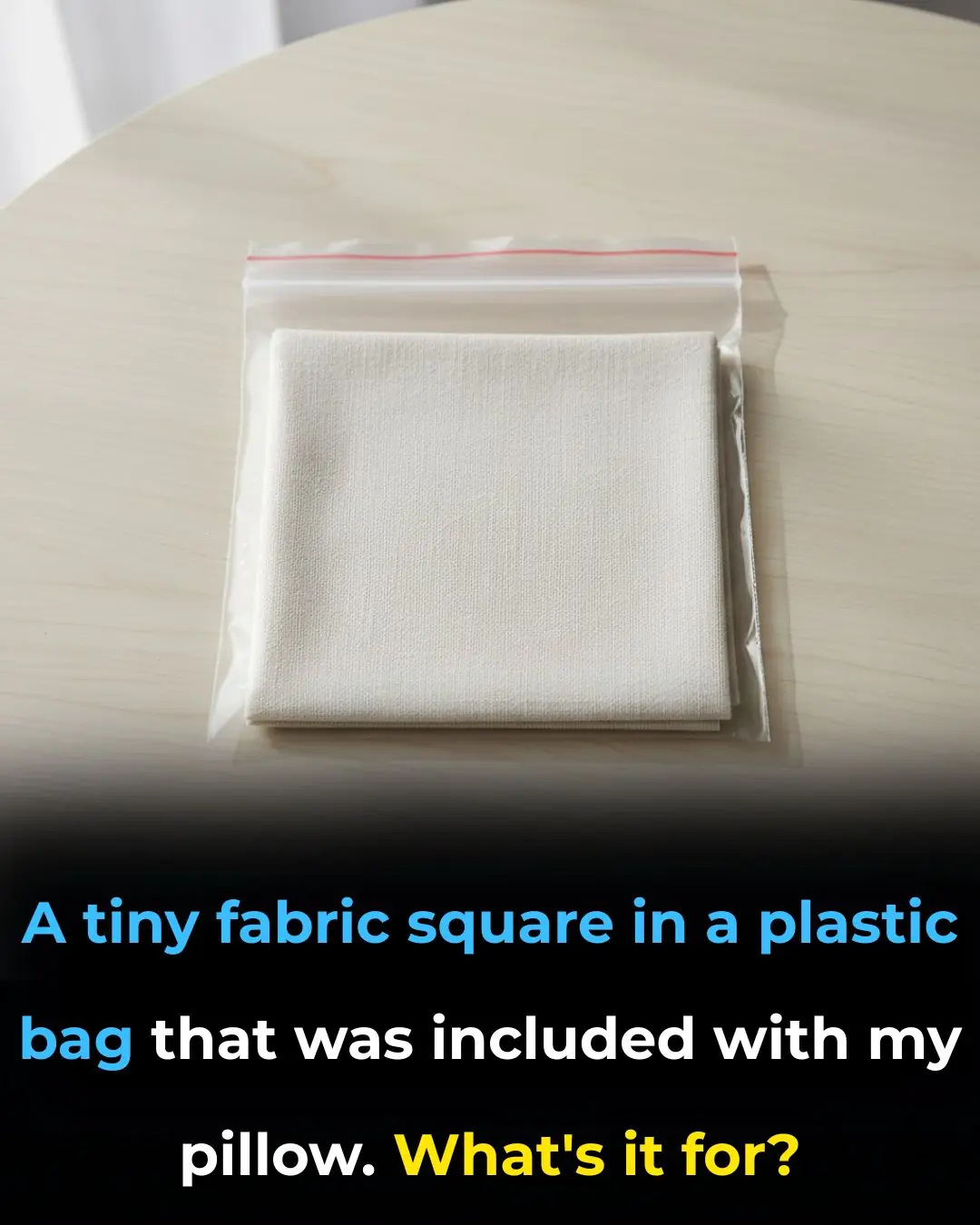
I had no idea

Most do this wrong. Here’s how often to clean gear in winter
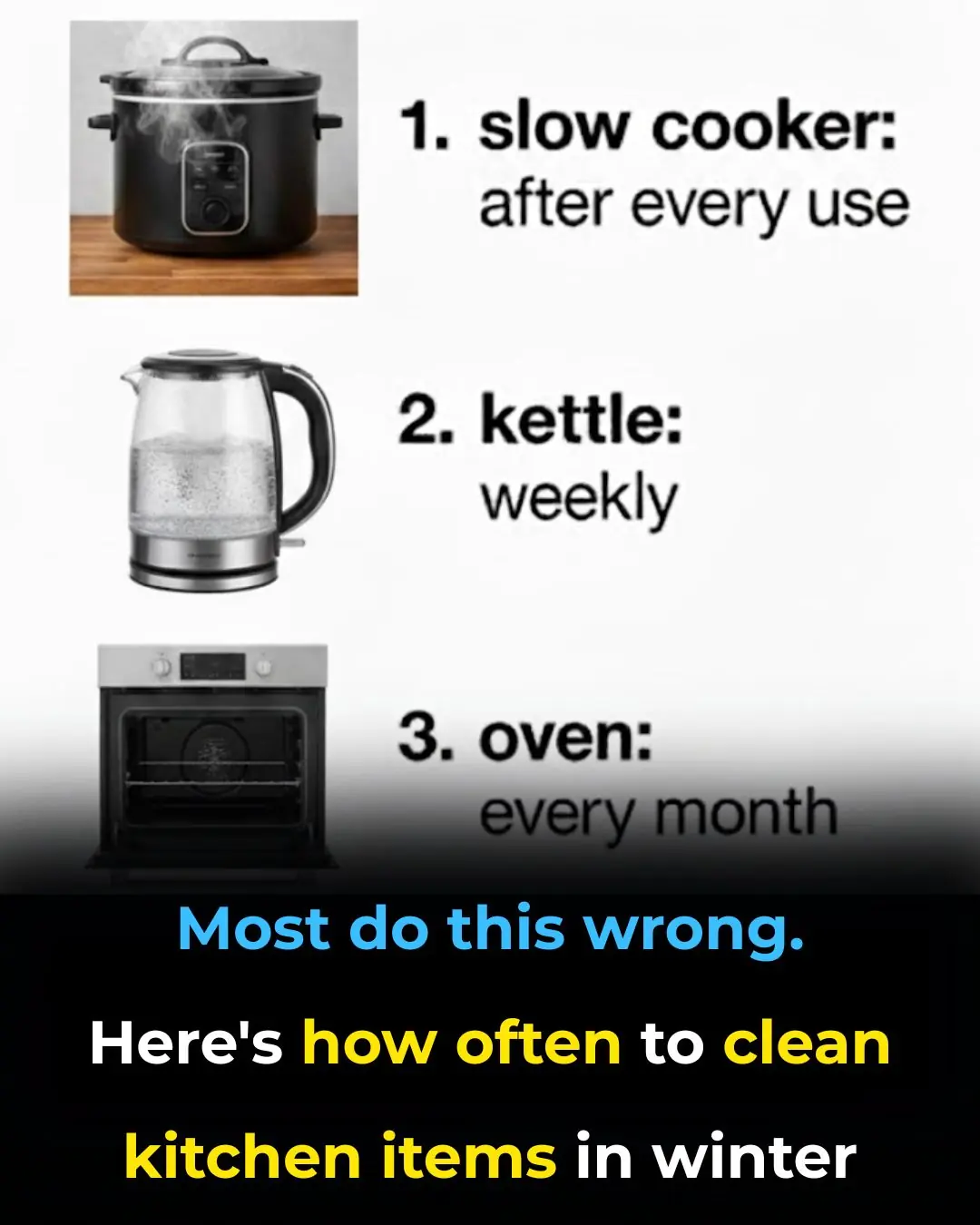
Most do this wrong. Here’s how often to clean kitchen items in winter

Most do this wrong. Here’s how often to clean appliances in winter

Most do this wrong. Here’s how often to refresh everything for winter

Stop freezing these 10 foods

10 top types of house spiders & how to get rid of each one
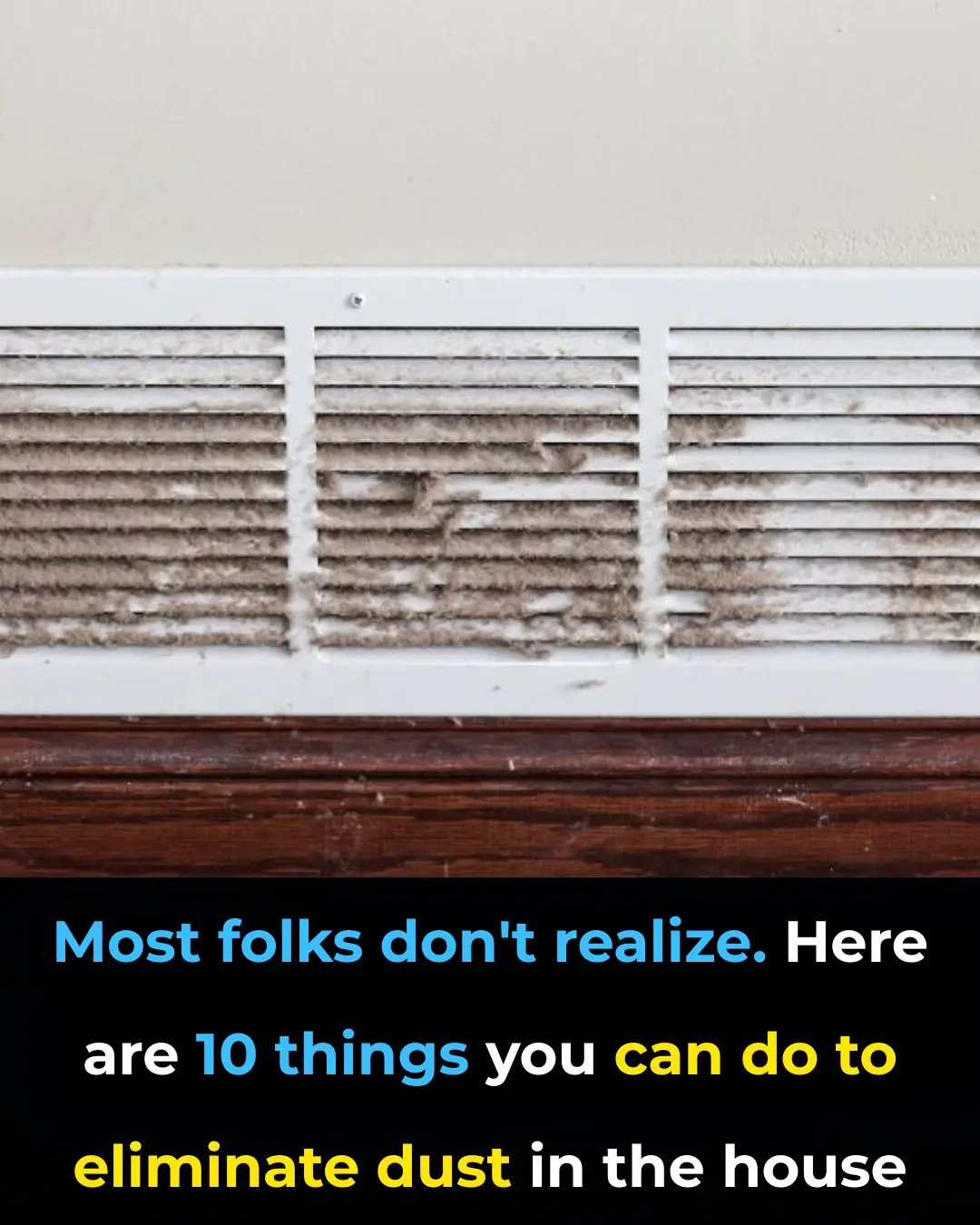
These ideas are brilliant

10 top types of house spiders & how to get rid of each one
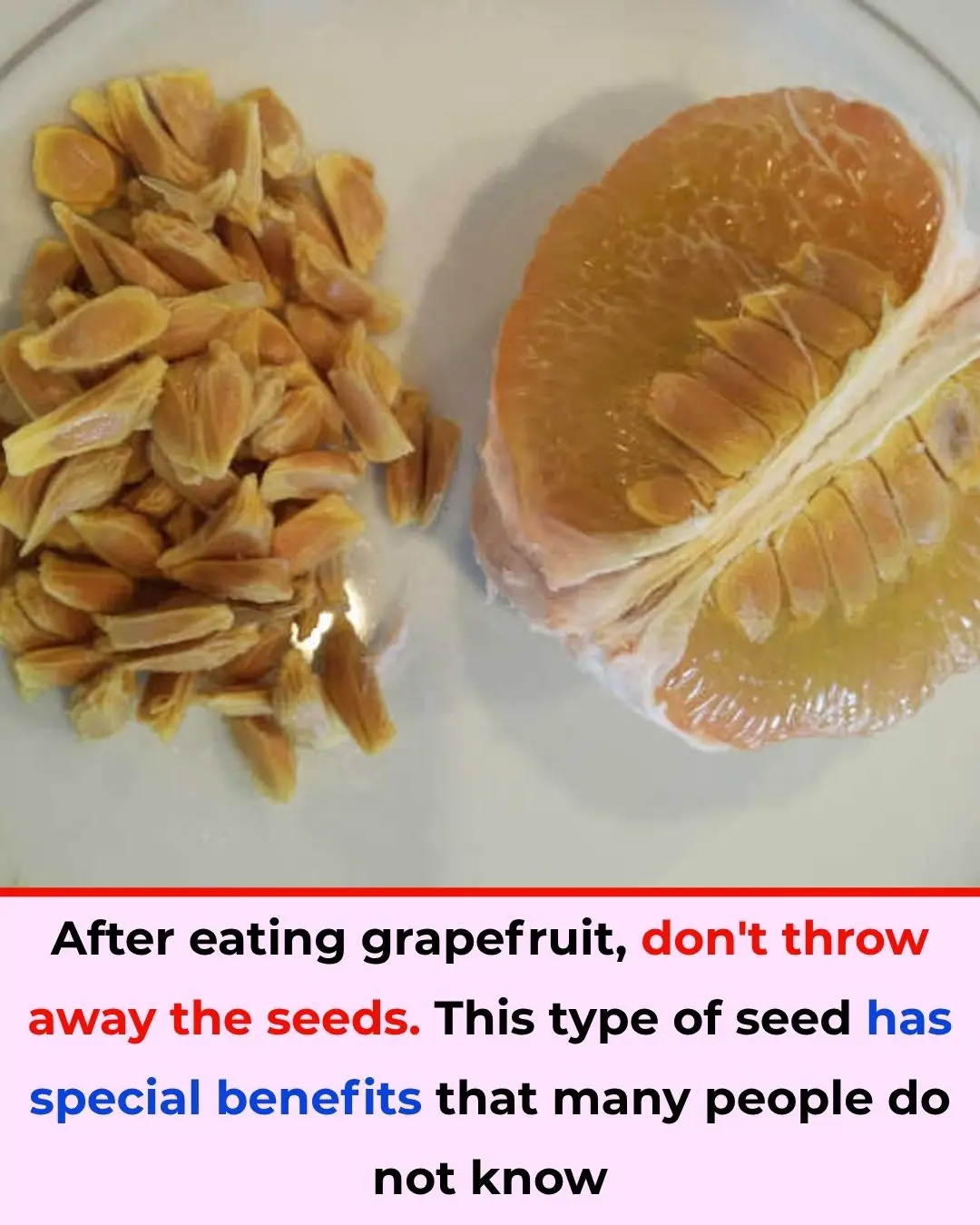
Don’t Throw Away Grapefruit Seeds – These Tiny Seeds Have Surprising Benefits

Sprinkle Salt Around Your Home on Rainy Days – It Sounds Strange, but the Results Are Amazing

Remove Bad Odors from Your Refrigerator Overnight with These Simple Tricks

I had no idea this was a thing

Add white vinegar to dishwashing water: Simple cleaning tips that will never be too expensive

Lady places cup of vinegar into microwave. Here’s the genius reason why

Works like a charm

My nana taught me this hack to make dusty blinds sparkle in 2 mins with 0 work. Here’s how it works
News Post

Meet Alvin Irby, One of Pepsico’s Black Changemakers Who’s Using Barbershops To Encourage Black Boys To Read More

Meet Charlie Mitchell, The First Black Michelin-Starred Chef In New York City And The Second One In The Nation

This Mom of Four Just Started Medical School at 43 Years Old

The #1 habit that’s destroying muscle in older adults—are you doing this?

The Hidden Consequences of a S*xless Life

Why Do We See “WC” and Toilet Icons Everywhere?

Clever Phrases Smart People Use to End Pointless Arguments

Most do this wrong. 10 ways you are organizing your garage wrong

Stop throwing out old plastic food containers. Here’s 10 brilliant hacks to use them around the house

I had no idea

Most do this wrong. Here’s how often to clean gear in winter

Most do this wrong. Here’s how often to clean kitchen items in winter

Most do this wrong. Here’s how often to clean appliances in winter

Most do this wrong. Here’s how often to refresh everything for winter
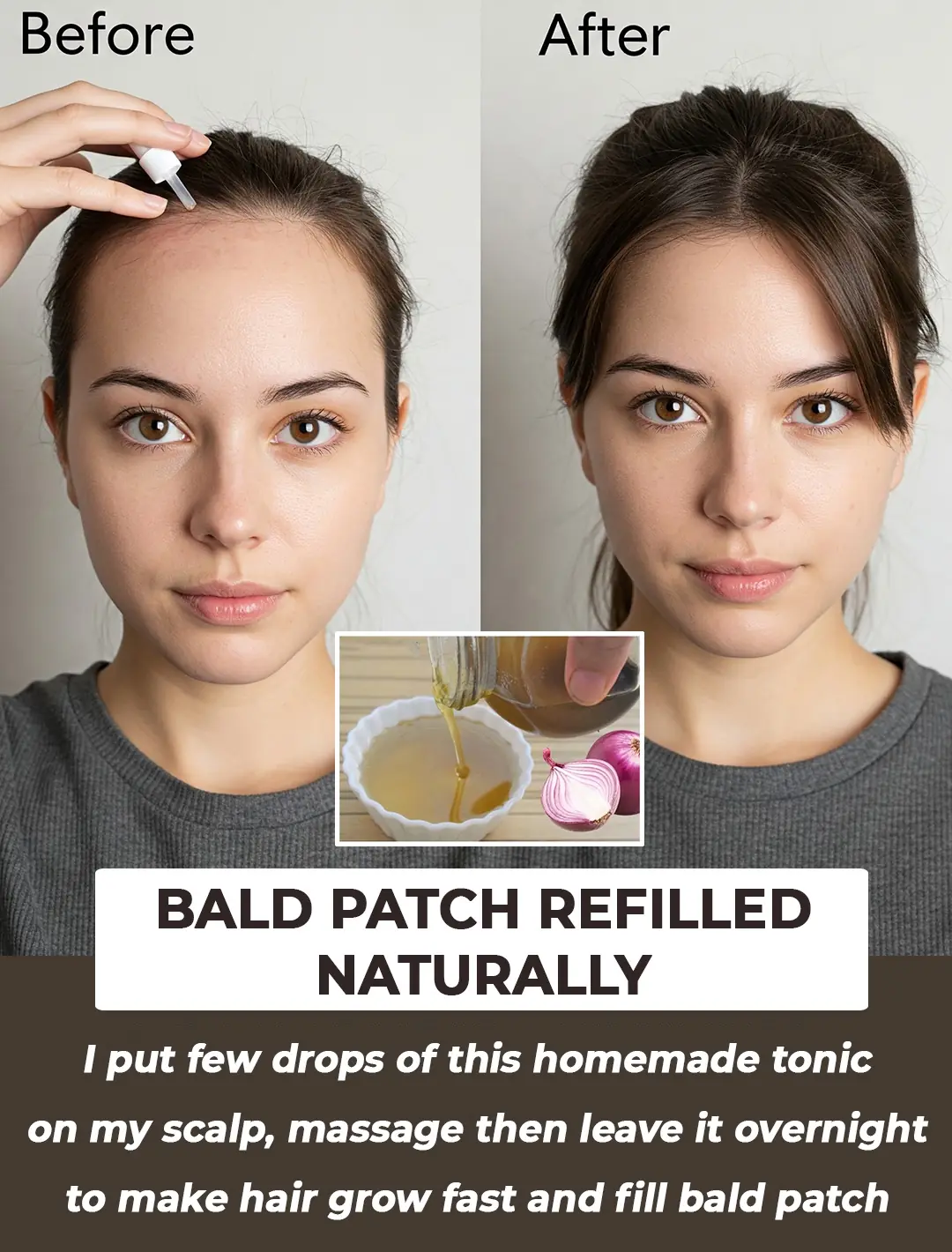
Double your hair growth with this “ONION JUICE” DIY

Salon like Keratin Treatment at Home

Mix Cloves with Vaseline: A Secret Skincare Hack

Homemade Potato and Rice Night Cream That’s Better Than Expensive Anti-Ageing Creams
